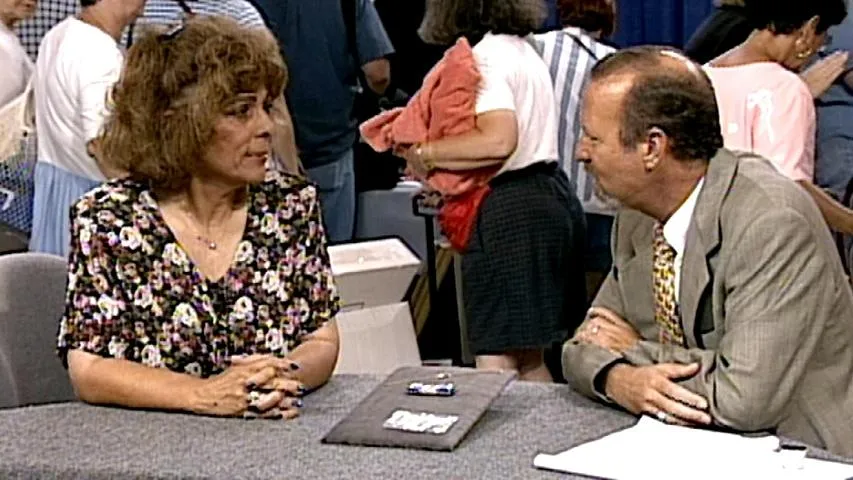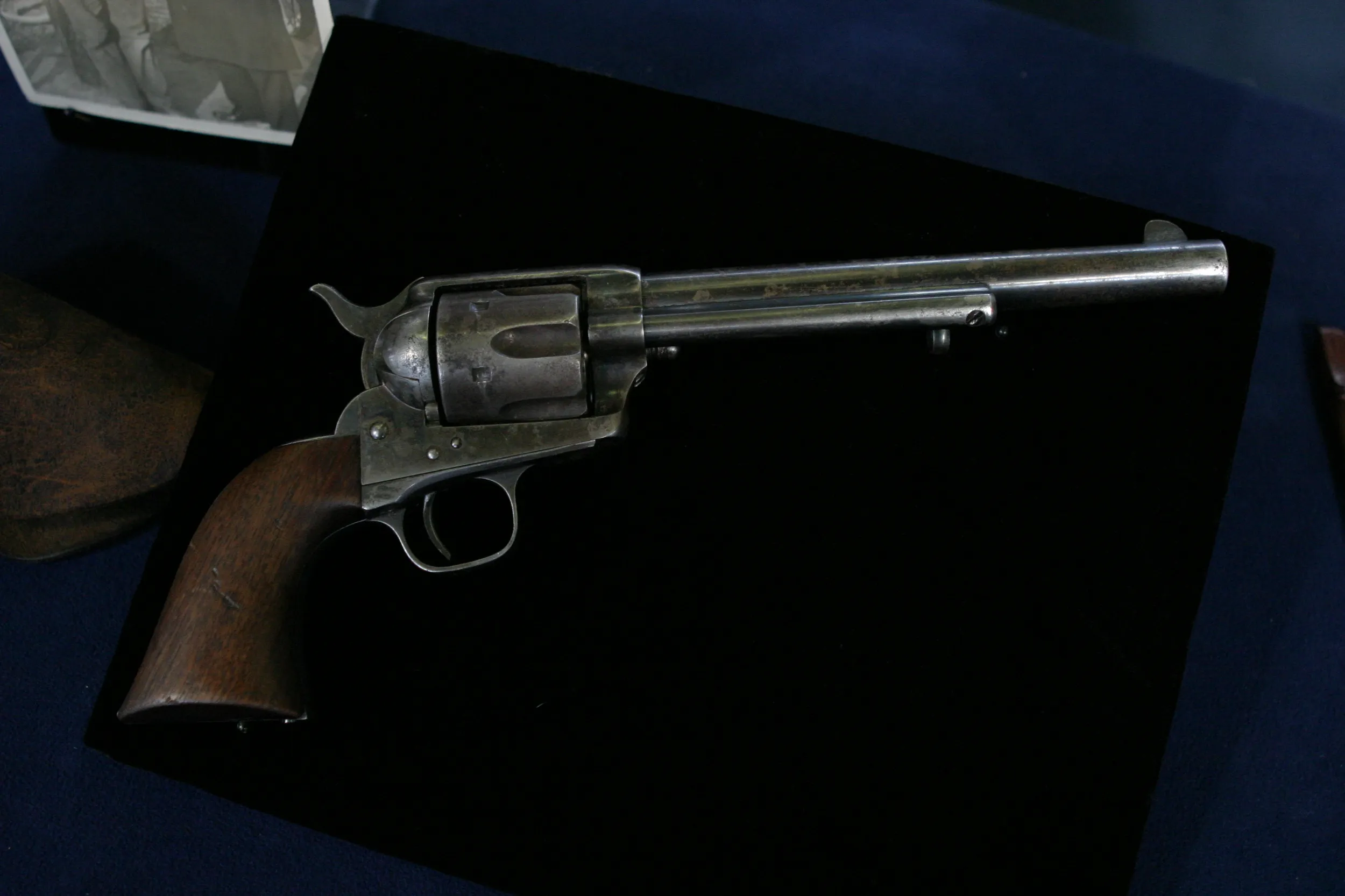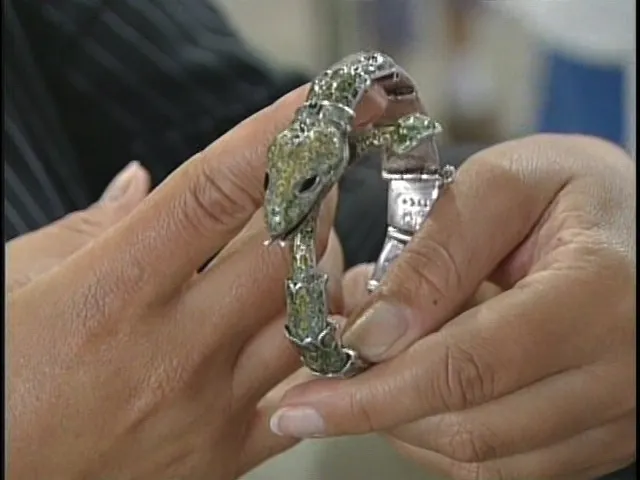APPRAISER: Over here, we've got a picture of your...
GUEST: My husband's great-grandfather and grandmother.
APPRAISER: And we can see on your husband's great-grandfather's pinky is the ring that we have in front of us.
GUEST: My father-in-law had given this to us over 20 years ago. When he gave it to us, he said that that ring had belonged to my husband's great-grandfather and that the stone in it was gold that that great-grandfather had mined. He was a miner in Grass Valley, California.
APPRAISER: Well, this is what I was hoping to see because this is California history, and it's a rare thing. It's something we don't see a lot of today. So he was a miner, and what he had was something that is called gold in quartz. And it is native to California from the gold mining areas right where he came from, around the Sacramento area where Sutter's Mill was and where the gold strikes were discovered. The picture I think is a little later than that. We figured about 1880. And I think the ring is made right around that time, 1870s to 1880s, in gold with beautiful chasing and kind of engraving design. Very much the style of the late 19th century. But what's important here is this center section that has this marvelous gold in quartz. This was the gold you had to really spend money to get. You didn't just get it panning in any stream. The harder way when they started to get gold mines and excavate and dynamite and break it out of the quartz and they hoped for those large nuggets to come right out of the rock. But the smaller pieces, pieces like this where we can see the gold veins running right through the quartz, well, they made jewelry out of that. I think the collectors would be happy to pay about $1,900 for a ring like this.
GUEST: Really?
APPRAISER: With quartz and gold from the late California Gold Rush in the 1880s.
GUEST: Well, that's great.








